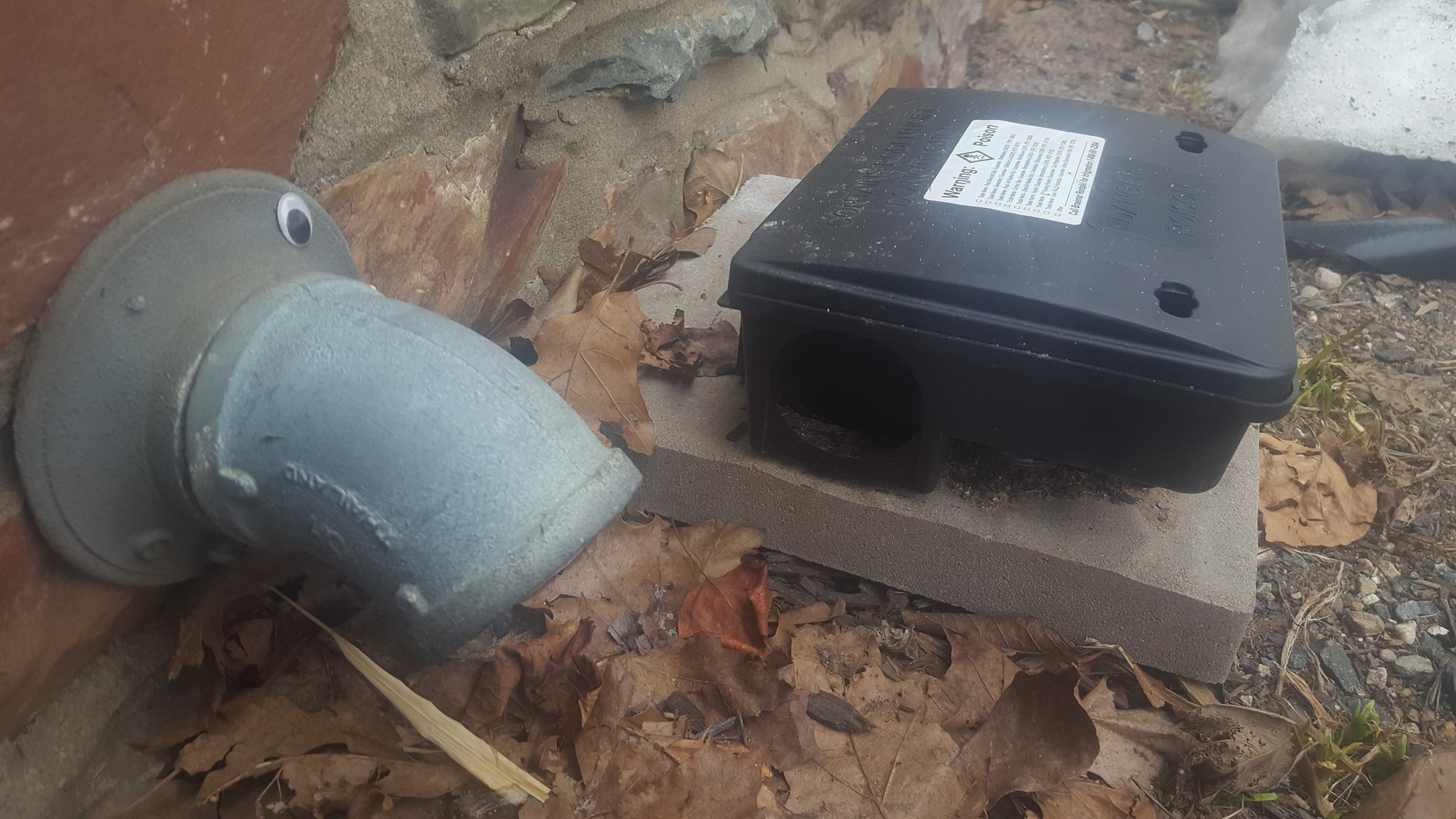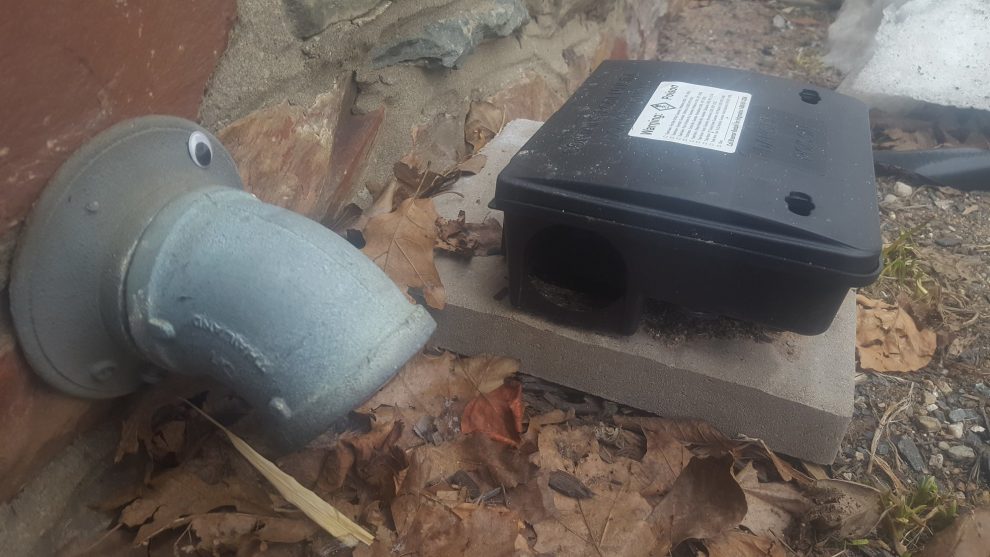Rodent Control
Halifax still struggling to find a rat solution
Disagreement within the Halifax West Community Council could stall progress

caption
Rat baiting station
caption
A rat baiting station.
The rat problem is far from being a new issue in Halifax and the Municipal councillors are divided over how to solve the problem.
At the Halifax and West Community Council’s bi-weekly meeting on Jan. 17, rodent control was again a big subject of debate. All of the councillors present at the meeting agreed that Halifax has a rat problem, but they did not all see eye to eye on what to do about it.
A staff report was requested in June 2016 by the council in the hopes of having a better understanding of the problem and to present suggestions on how to combat it. On Tuesday, the report was presented, but it fell short in the eyes of a few councillors, especially District 10 councillor, Russell Walker.
“Personally, I don’t think this resolves anything,” said Walker during the meeting. “I am still going to get my emails and phone calls saying, ‘What can you do about my rodent problem?’ And I’m going to say, ‘uhm …’”
The staff report recommended that the Halifax Regional Municipality continue baiting for rodent control on municipal properties. It also recommended that the municipality force “construction sites’ management” to “include rodent control in the form of pre-baiting for a period of 10-14 days prior to demolition or major construction.”
One scientist in Nova Scotia says that construction might be causing the rats to move “into new habitats.”
Andrew Hebda is the curator of zoology at the Nova Scotia Museum.
“Generally, 50 to 60 rats will reside in a city block and as soon as you start disturbing their habitat, that causes a displacement of the rats,” he says.
Walker disagrees that the high number of construction sites in Halifax are the sole cause of the rat problem. He says that contractors have been taking too much unfair blame and the municipality needs to bait the sewers.
“Some people are up to 34-39 rats on their property and there is no construction at all,” Walker says.
HRM spokesperson Tiffany Chase says sewers are only baited when “there’s a project underway on underground infrastructure that causes displacements of rodents.”
To Walker, the staff report “doesn’t come close” to having a real solution.
“It’s a Band-Aid solution,” he says. “Until we bait the sewers, we are not going anywhere with this.”
At the centre of the issue, the municipality is still trying to know where the rats come from and if there is really an increase in the amount of rats.
Hebda, too, is unsure whether there are more rats in Halifax, or if they are just more visible than ever before.
“I am not convinced there are more rats,” says Hebda. “We are just seeing just seeing these ones displaced and once they are displaced they are just looking for a new habitat.”
When asked during the meeting by councillor Richard Zurawski if there was a quantifiable increase in the population of rats in Halifax, or if it was a change in perception. Director of Public Works Bruce Zvaniga replied that he did not have any factual information on that.
“We don’t have tags on the rodents and we don’t know where they are coming from,” says Zvaniga.
Hebda says it’s possible to track rats, but it’s an expensive process. Rats would need to be captured, tagged and recaptured later. There’s also a high chance the rats would die or evade recapture, which would make the sample size too small to gather useful data.
For now, the motion will be forwarded to Halifax Regional Council for their consideration at a later date.

